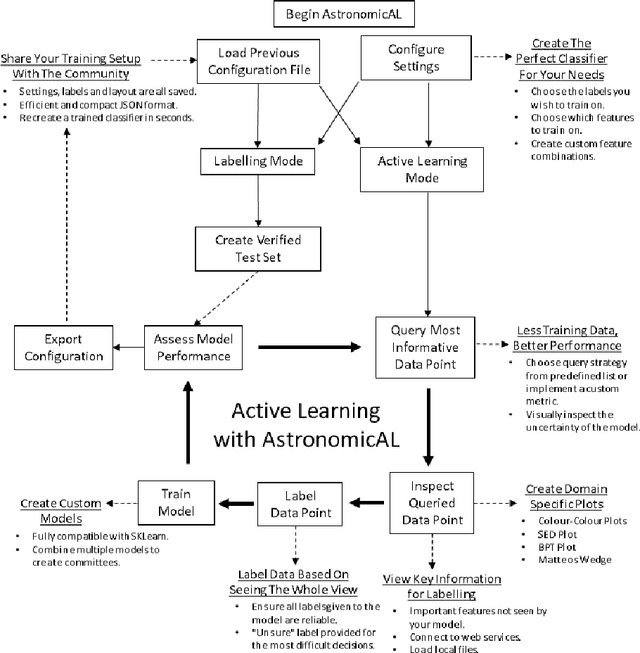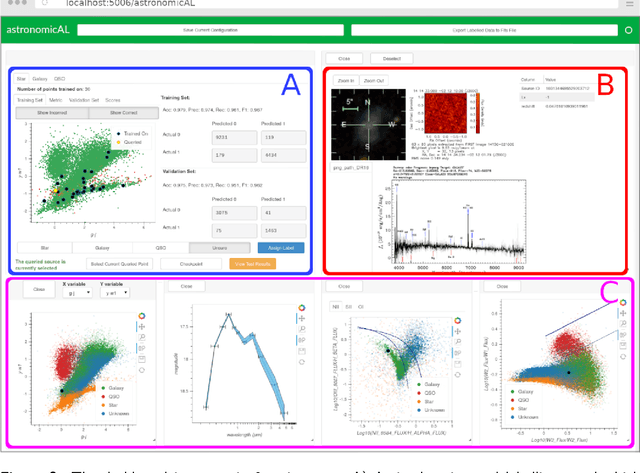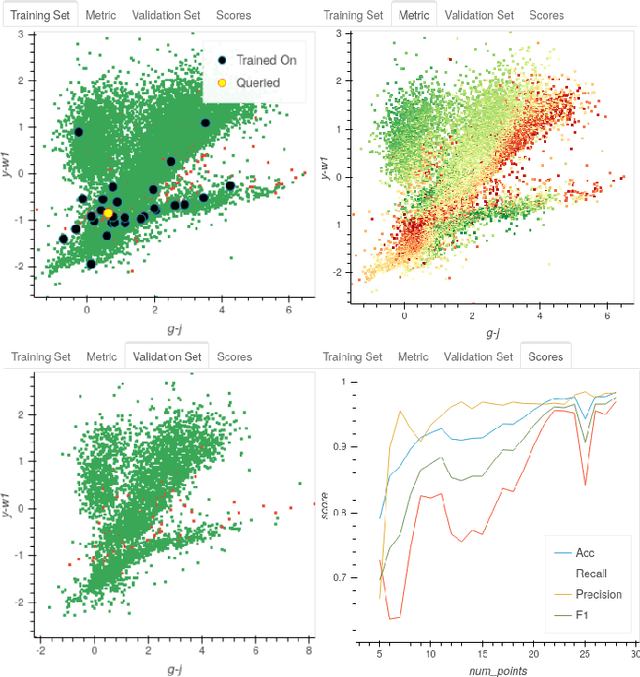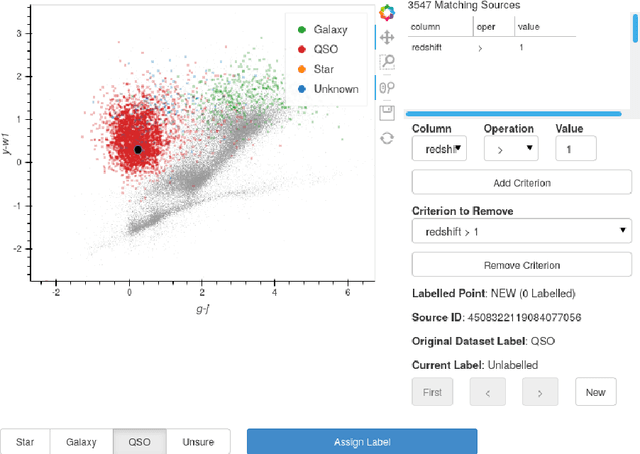Sotiria Fotopoulou
University of Bristol
A review of unsupervised learning in astronomy
Jun 25, 2024



Abstract:This review summarizes popular unsupervised learning methods, and gives an overview of their past, current, and future uses in astronomy. Unsupervised learning aims to organise the information content of a dataset, in such a way that knowledge can be extracted. Traditionally this has been achieved through dimensionality reduction techniques that aid the ranking of a dataset, for example through principal component analysis or by using auto-encoders, or simpler visualisation of a high dimensional space, for example through the use of a self organising map. Other desirable properties of unsupervised learning include the identification of clusters, i.e. groups of similar objects, which has traditionally been achieved by the k-means algorithm and more recently through density-based clustering such as HDBSCAN. More recently, complex frameworks have emerged, that chain together dimensionality reduction and clustering methods. However, no dataset is fully unknown. Thus, nowadays a lot of research has been directed towards self-supervised and semi-supervised methods that stand to gain from both supervised and unsupervised learning.
AstronomicAL: An interactive dashboard for visualisation, integration and classification of data using Active Learning
Sep 11, 2021



Abstract:AstronomicAL is a human-in-the-loop interactive labelling and training dashboard that allows users to create reliable datasets and robust classifiers using active learning. This technique prioritises data that offer high information gain, leading to improved performance using substantially less data. The system allows users to visualise and integrate data from different sources and deal with incorrect or missing labels and imbalanced class sizes. AstronomicAL enables experts to visualise domain-specific plots and key information relating both to broader context and details of a point of interest drawn from a variety of data sources, ensuring reliable labels. In addition, AstronomicAL provides functionality to explore all aspects of the training process, including custom models and query strategies. This makes the software a tool for experimenting with both domain-specific classifications and more general-purpose machine learning strategies. We illustrate using the system with an astronomical dataset due to the field's immediate need; however, AstronomicAL has been designed for datasets from any discipline. Finally, by exporting a simple configuration file, entire layouts, models, and assigned labels can be shared with the community. This allows for complete transparency and ensures that the process of reproducing results is effortless
* 7 pages, 4 figures, Journal of Open Source Software
 Add to Chrome
Add to Chrome Add to Firefox
Add to Firefox Add to Edge
Add to Edge